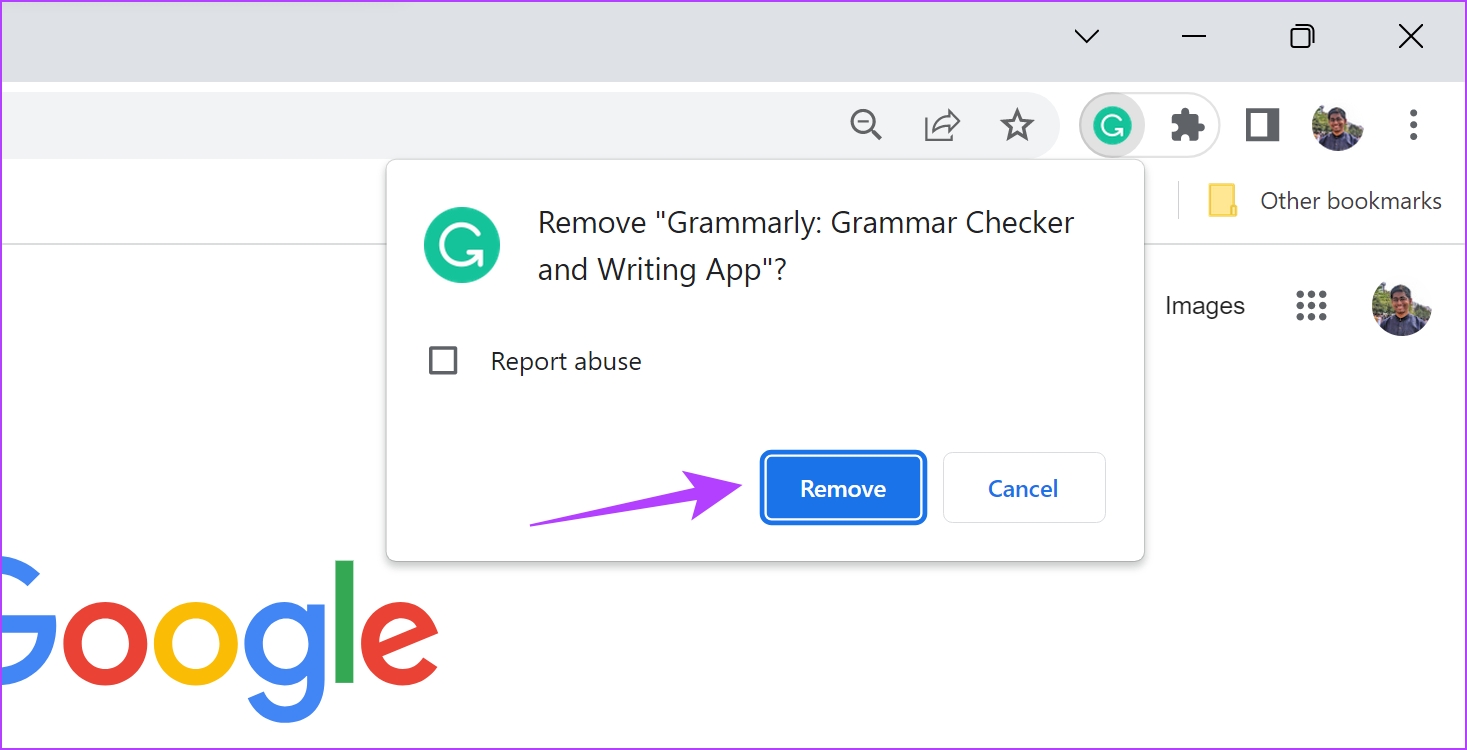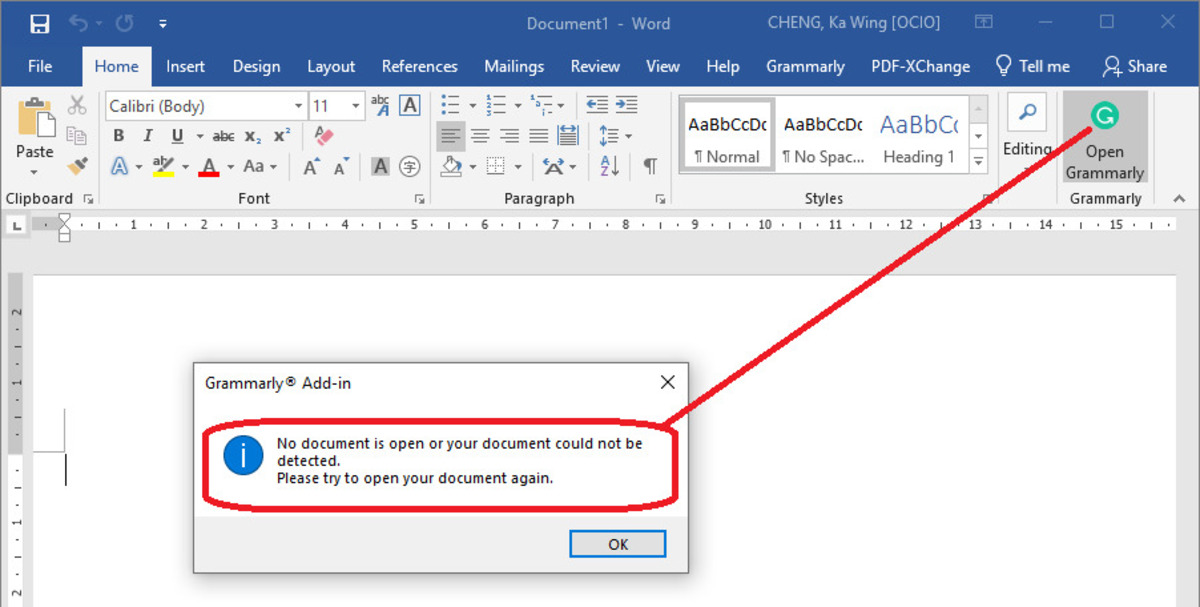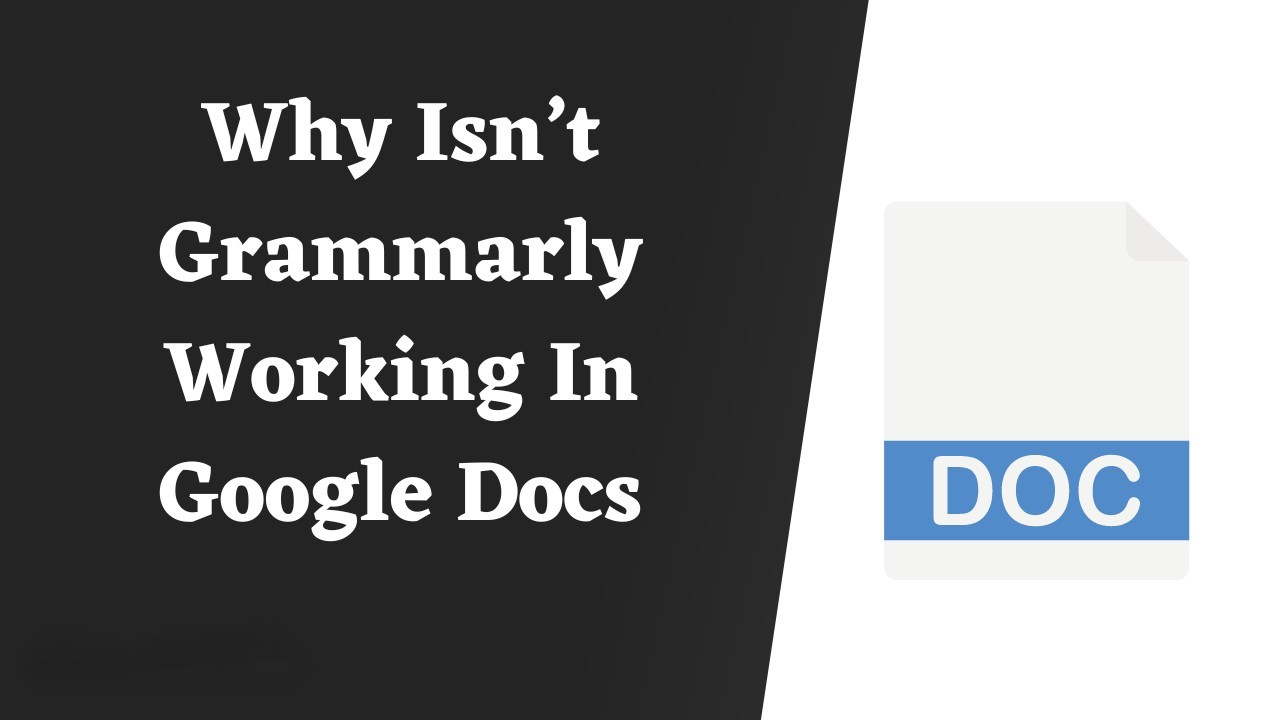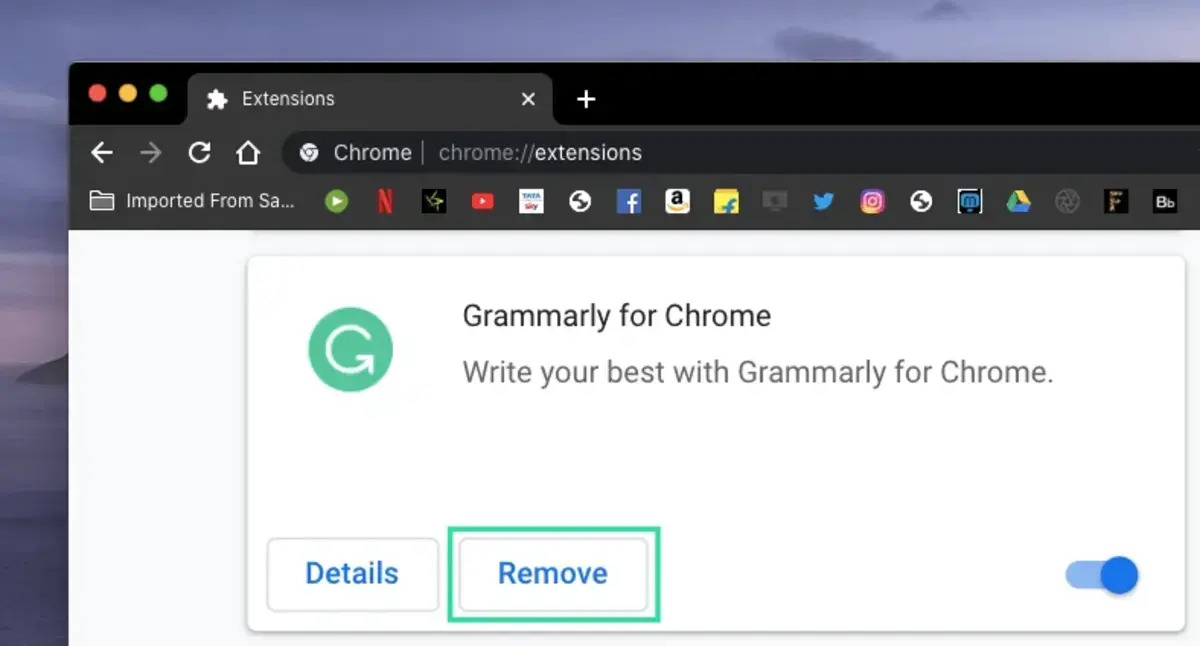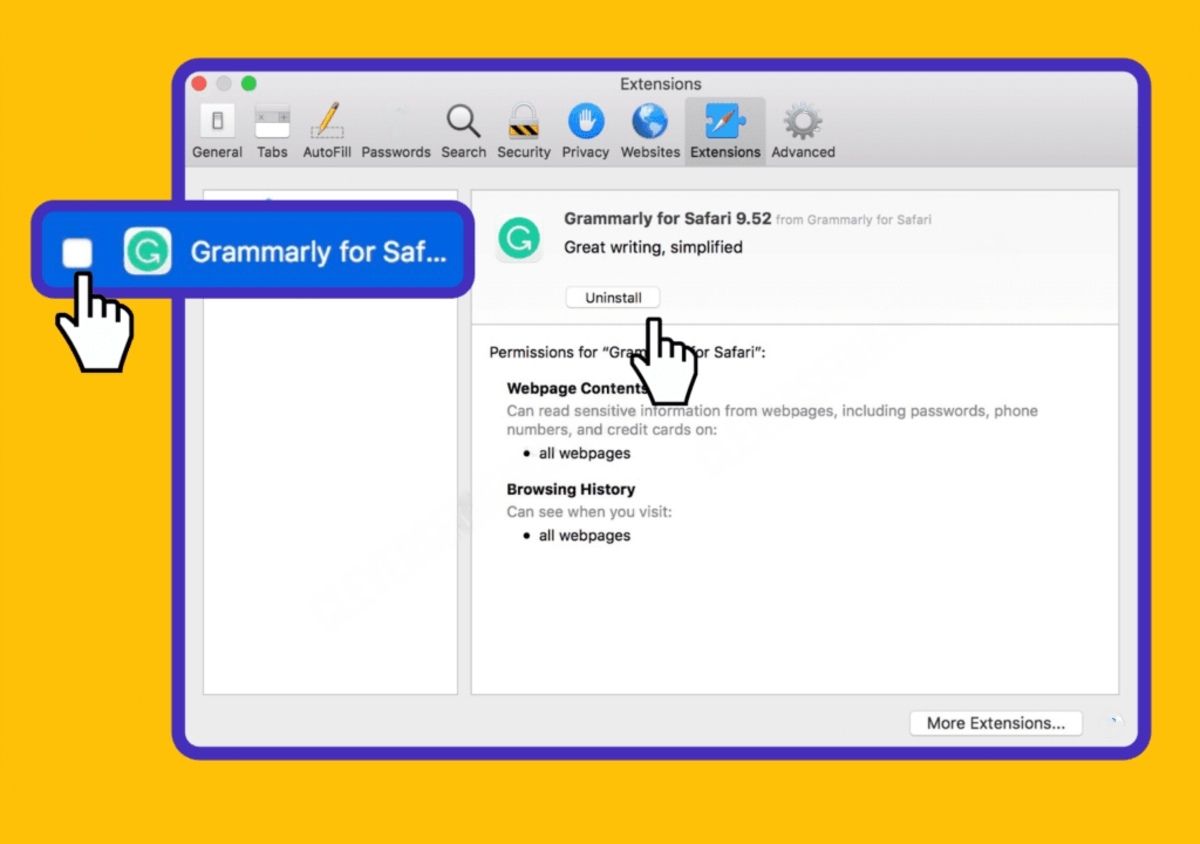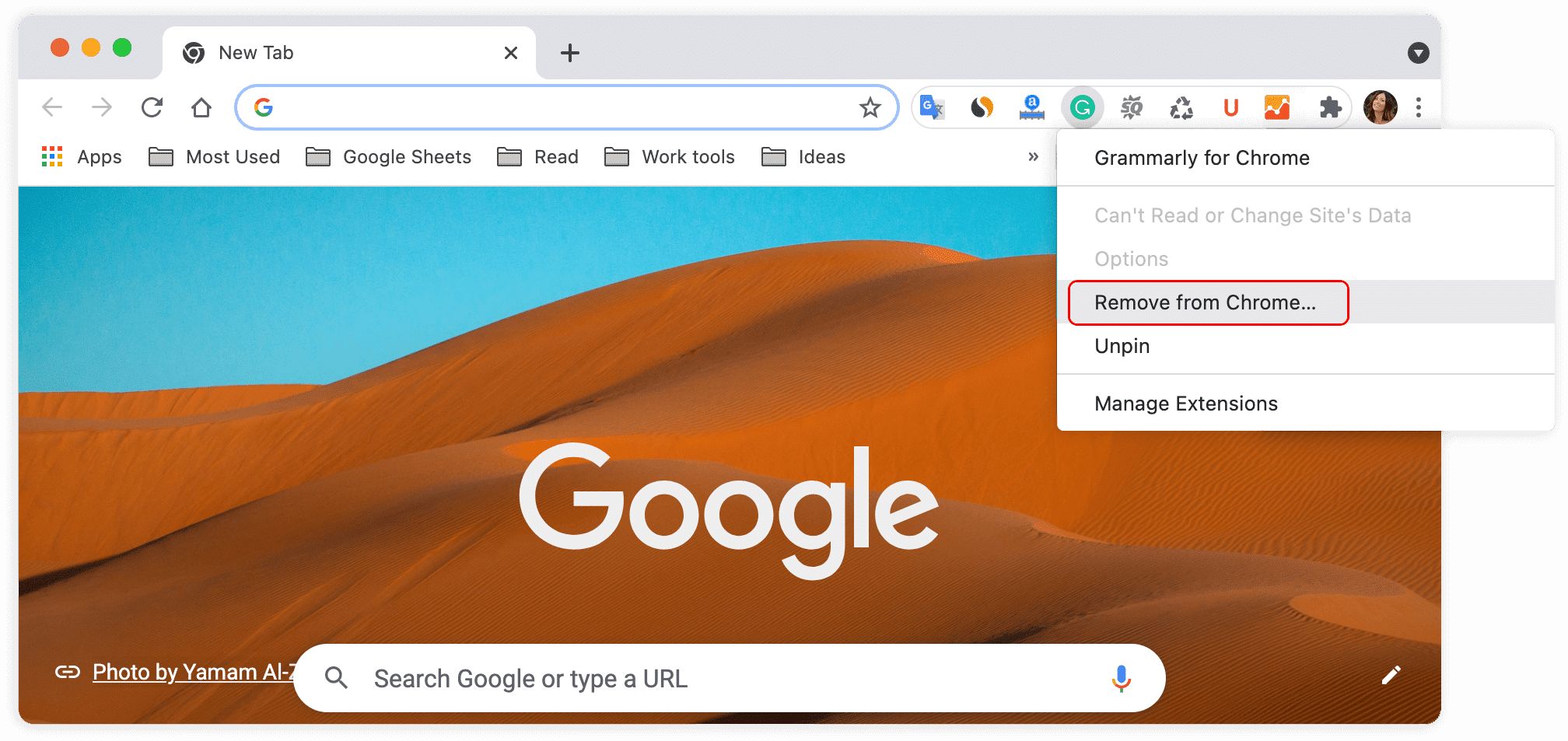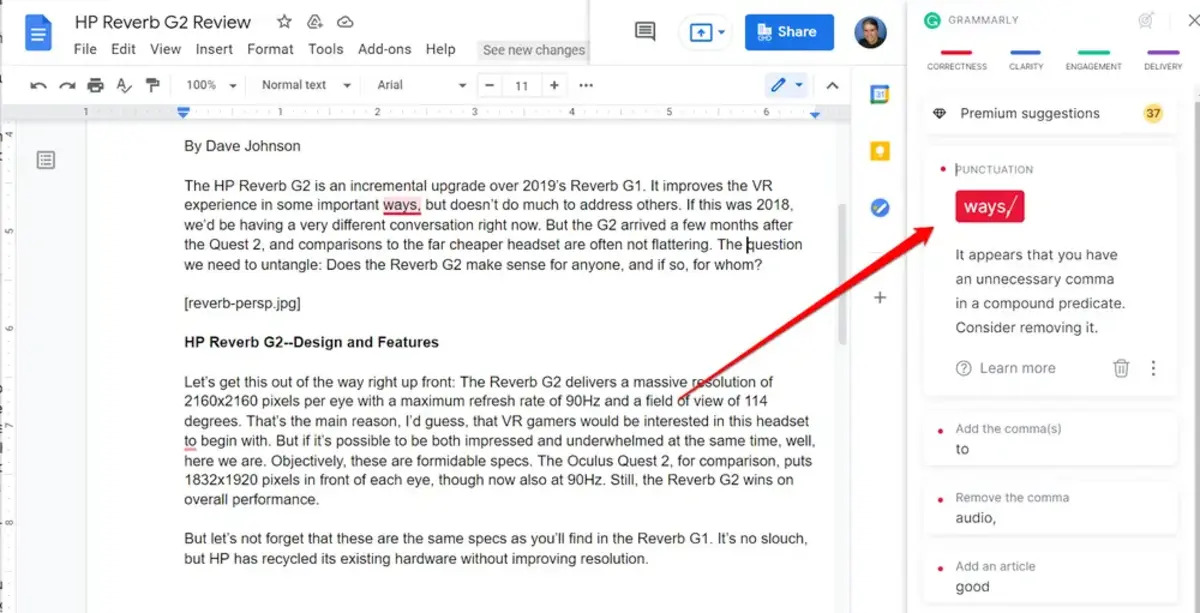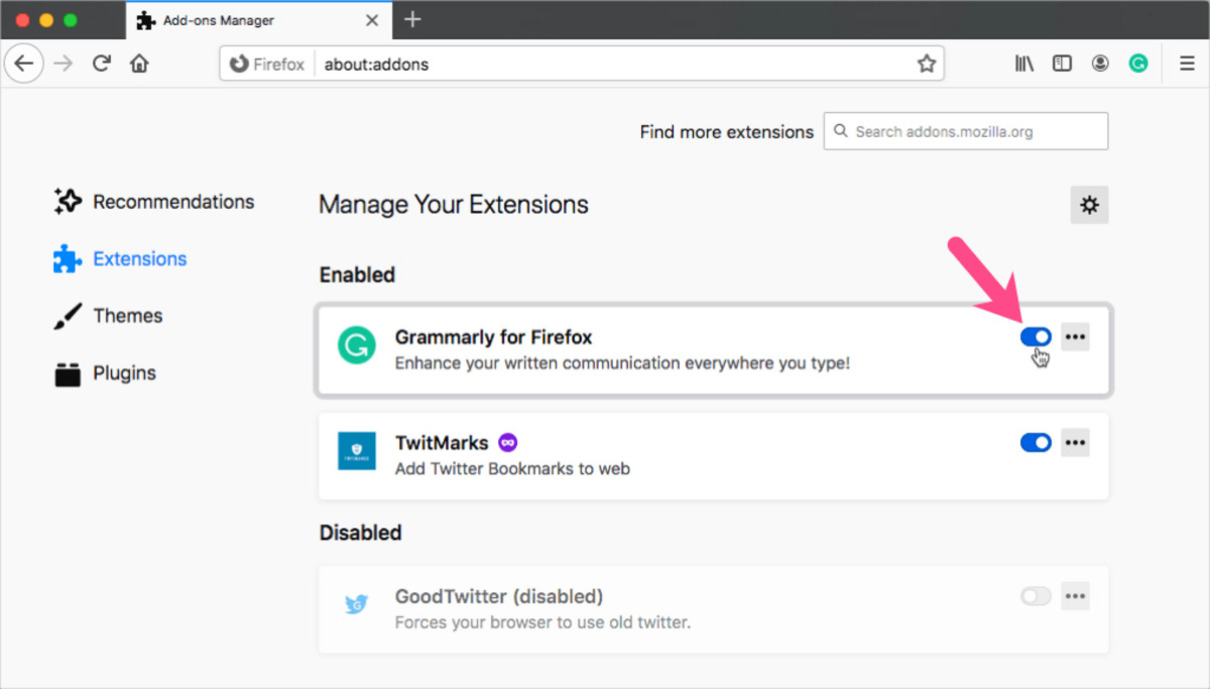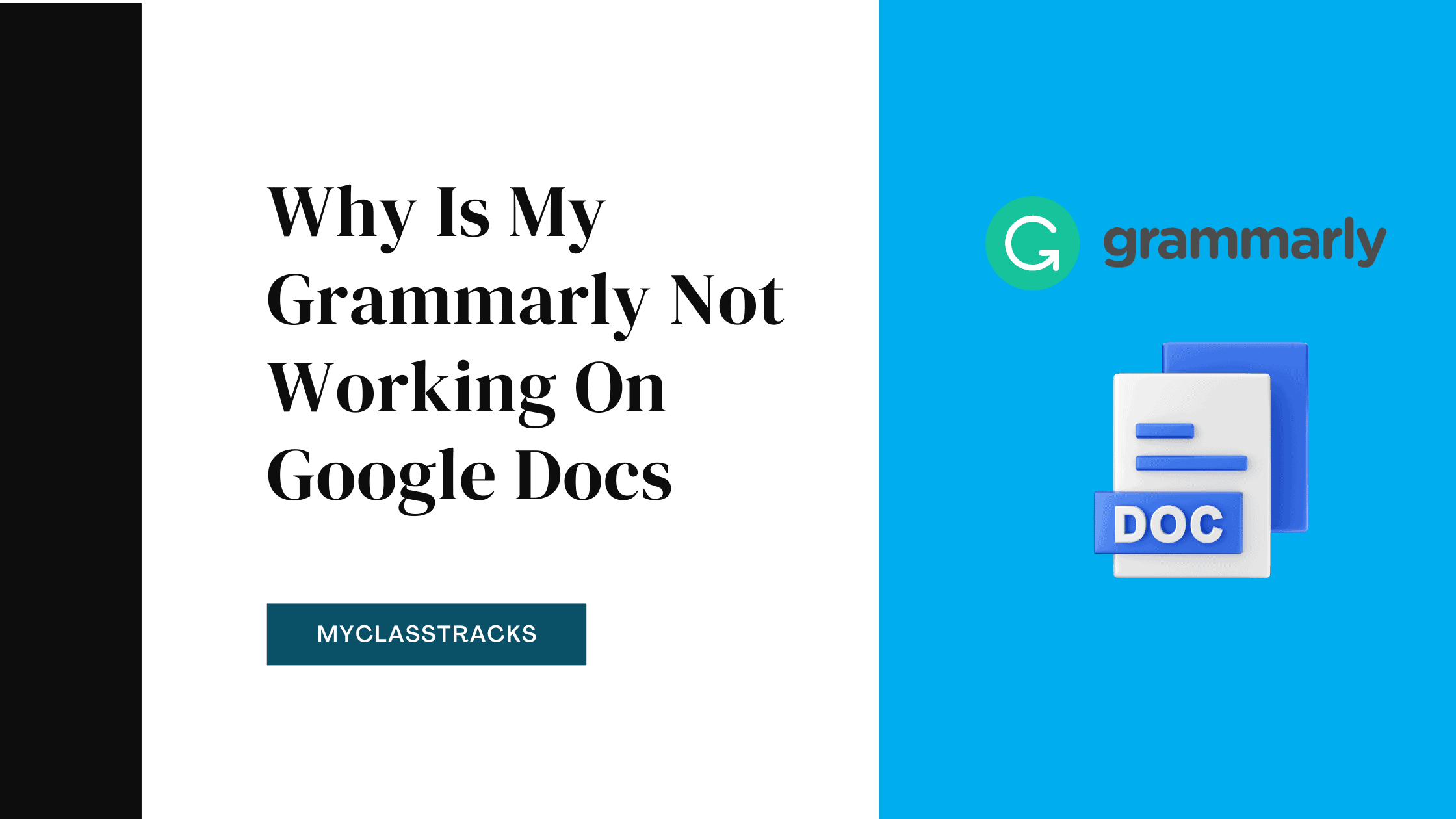Introduction
Grammarly is a popular writing assistant that helps users improve their grammar, punctuation, and style while writing online. It's a valuable tool for anyone who wants to enhance their writing skills and ensure that their content is clear, concise, and error-free. However, there may be instances when you need to disable Grammarly on your Chrome browser, whether temporarily or permanently. This could be due to compatibility issues with certain websites or the need to troubleshoot specific problems related to the extension.
In this article, we will guide you through the process of disabling Grammarly on Chrome. Whether you're looking to temporarily turn off the extension for a specific task or you're considering removing it altogether, we've got you covered. By following the steps outlined in this guide, you'll be able to manage Grammarly's presence on your Chrome browser with ease.
So, if you've ever wondered how to disable Grammarly on Chrome, you're in the right place. Let's dive into the step-by-step process and explore the options available for managing this popular writing tool within your browser. Whether you're a seasoned Grammarly user or someone who's just getting started, understanding how to control the extension's behavior on Chrome can be incredibly useful. Let's get started!
Step 1: Open Chrome Browser
To begin the process of disabling Grammarly on your Chrome browser, the first step is to open the Chrome browser on your computer. You can do this by clicking on the Chrome icon located on your desktop or by searching for "Chrome" in the Windows Start menu or the macOS Launchpad.
Once the Chrome browser is launched, you will be greeted by the familiar interface that includes the address bar, tabs, and various menu options. If you have set a specific homepage, it will be displayed upon opening the browser. If not, Chrome will typically display the New Tab page, which provides quick access to your most visited sites, bookmarks, and a Google search bar.
If you already have Chrome open, ensure that you are on the active Chrome window by clicking on its icon in the taskbar or using the Alt+Tab keyboard shortcut to switch to the Chrome window if you have multiple applications running.
Opening the Chrome browser is the initial step in the process of managing extensions and settings within the browser. Once you have Chrome open and active, you can proceed to the next steps to disable Grammarly as needed.
By following this straightforward first step, you are now ready to move on to the subsequent steps that will guide you through the process of disabling Grammarly on your Chrome browser. Whether you're looking to temporarily turn off the extension for a specific task or considering removing it altogether, opening the Chrome browser is the essential starting point for managing your browser's extensions and settings effectively.
Now that you have successfully opened the Chrome browser, let's move on to the next step in the process of disabling Grammarly on Chrome. With each step, you'll gain a better understanding of how to manage the presence of Grammarly within your browser, allowing you to tailor your writing experience to your specific needs and preferences.
Step 2: Click on the Grammarly Extension
Once you have the Chrome browser open, the next step is to locate the Grammarly extension icon, which is typically situated near the top-right corner of the browser window, next to the address bar. The Grammarly icon is represented by a capital "G" inside a green circle, making it easily recognizable among other browser extensions.
To proceed, take a moment to identify the Grammarly icon within the browser interface. It may be located among other extensions, such as ad blockers or productivity tools, depending on your individual setup. Once you have located the Grammarly icon, you are ready to proceed with the next steps to disable the extension.
Click on the Grammarly icon to reveal a dropdown menu that provides quick access to various Grammarly features and settings. This menu typically includes options to check your writing, access the Grammarly editor, view performance stats, and manage the extension's settings. By clicking on the Grammarly icon, you initiate the process of interacting with the extension directly within the browser.
Upon clicking the Grammarly icon, you will notice the dropdown menu appearing below the icon. This menu serves as a convenient way to access Grammarly's functionality without leaving the current webpage. It allows you to perform quick checks, make adjustments to your writing, and access additional features offered by the Grammarly extension.
By clicking on the Grammarly icon and familiarizing yourself with the options available in the dropdown menu, you gain a better understanding of how to interact with the extension and access its features seamlessly. This step sets the stage for the subsequent actions required to manage Grammarly within your Chrome browser effectively.
Now that you have successfully clicked on the Grammarly extension and accessed its dropdown menu, you are ready to proceed to the next step in the process of disabling Grammarly on Chrome. This step brings you closer to gaining full control over the extension's behavior within your browser, allowing you to tailor your writing experience according to your specific needs and preferences.
Step 3: Select "Remove from Chrome"
After clicking on the Grammarly extension icon and accessing the dropdown menu, you will find a range of options designed to help you manage the extension's settings and features. To proceed with disabling Grammarly on Chrome, navigate to the "Remove from Chrome" option within the dropdown menu and select it with a single click.
Upon selecting "Remove from Chrome," a confirmation dialog may appear, asking you to confirm the removal of the Grammarly extension from your browser. This dialog serves as a safeguard against accidental removal, ensuring that you have the opportunity to reconsider before proceeding with the action.
It's important to note that choosing to remove the Grammarly extension from Chrome will disable the tool's functionality within the browser. This means that Grammarly will no longer provide real-time writing suggestions, grammar checks, or style improvements as you type in text fields across various websites.
By selecting "Remove from Chrome," you initiate the process of uninstalling the Grammarly extension from your browser, effectively disabling its presence and impact on your writing activities within the Chrome environment. This action is particularly useful if you encounter compatibility issues, experience performance concerns, or simply wish to temporarily suspend Grammarly's functionality for specific tasks.
As you proceed with the removal process, it's essential to consider your reasons for disabling Grammarly and evaluate whether it aligns with your current writing needs and preferences. Whether you're seeking to troubleshoot issues, streamline your browsing experience, or explore alternative writing tools, the ability to remove Grammarly from Chrome provides you with the flexibility to tailor your writing environment according to your unique requirements.
By selecting "Remove from Chrome," you exercise control over the extensions installed in your browser, allowing you to curate a personalized browsing experience that aligns with your specific workflow and objectives. This step empowers you to make informed decisions about the tools and features that enhance your writing process, ensuring that your browser environment remains optimized for productivity and creativity.
Now that you have successfully selected "Remove from Chrome" and initiated the process of disabling Grammarly within your Chrome browser, you are one step closer to managing the extension's presence according to your individual preferences and requirements. This action sets the stage for the next steps in the process, allowing you to further customize your writing environment and explore alternative solutions that complement your unique writing style and objectives.
Step 4: Confirm Removal
After selecting "Remove from Chrome" in the previous step, you may encounter a confirmation dialog seeking your final decision to proceed with the removal of the Grammarly extension from your Chrome browser. This dialog serves as a crucial checkpoint, ensuring that you have the opportunity to confirm your intention to disable Grammarly before the extension is uninstalled.
When the confirmation dialog appears, it typically presents a message that outlines the implications of removing the Grammarly extension. This message may emphasize that removing the extension will disable its functionality within the browser, thereby ceasing its ability to provide real-time writing suggestions, grammar checks, and style improvements across various websites.
At this juncture, it's essential to carefully consider the ramifications of removing Grammarly from your Chrome browser. Reflect on your reasons for disabling the extension and evaluate whether it aligns with your current writing needs and preferences. If you are certain about your decision to proceed with the removal, you can confirm it by selecting the appropriate option within the dialog.
Upon confirming the removal, the Chrome browser will initiate the process of uninstalling the Grammarly extension. This typically involves removing the extension's files and associated data from the browser, effectively disabling its presence and impact on your writing activities within the Chrome environment.
It's important to note that once the removal process is completed, Grammarly will no longer be active within your Chrome browser. As a result, you will no longer receive real-time writing assistance, grammar checks, or style suggestions from the Grammarly extension while typing in text fields across various websites.
By confirming the removal of Grammarly from your Chrome browser, you exercise control over the extensions installed in your browser, allowing you to curate a personalized browsing experience that aligns with your specific workflow and objectives. This final confirmation step empowers you to make informed decisions about the tools and features that enhance your writing process, ensuring that your browser environment remains optimized for productivity and creativity.
Now that you have successfully confirmed the removal of Grammarly from your Chrome browser, you have effectively disabled the extension's presence within the browser environment. This action sets the stage for further customization of your writing environment, enabling you to explore alternative solutions that complement your unique writing style and objectives.
Conclusion
In conclusion, the process of disabling Grammarly on Chrome involves a series of straightforward yet impactful steps that empower users to manage their writing environment according to their specific needs and preferences. By following the step-by-step guide outlined in this article, you have gained valuable insights into the process of temporarily turning off or permanently removing the Grammarly extension from your Chrome browser.
The ability to disable Grammarly provides users with the flexibility to tailor their writing experience, whether it involves troubleshooting compatibility issues with specific websites, exploring alternative writing tools, or simply streamlining their browsing environment for specific tasks. This level of control over browser extensions empowers individuals to curate a personalized writing environment that aligns with their unique workflow and objectives.
Furthermore, the confirmation dialog that appears during the removal process serves as a crucial checkpoint, prompting users to carefully consider the implications of disabling Grammarly within their browser. This thoughtful approach encourages users to reflect on their reasons for removing the extension and evaluate whether it aligns with their current writing needs and preferences.
By confirming the removal of Grammarly from Chrome, users exercise control over the extensions installed in their browser, ensuring that their browsing environment remains optimized for productivity and creativity. This deliberate decision-making process underscores the importance of tailoring the writing experience to individual preferences, ultimately enhancing the overall writing process and productivity.
As you navigate the process of managing browser extensions, including Grammarly, it's important to consider the dynamic nature of writing preferences and requirements. Whether you choose to temporarily disable Grammarly for a specific task or explore alternative writing tools, the ability to customize your browser environment empowers you to adapt to evolving writing needs and explore new avenues for enhancing your writing experience.
In essence, the process of disabling Grammarly on Chrome is not only about managing a specific extension but also about embracing the flexibility to curate a writing environment that resonates with your unique style and objectives. By leveraging the control and customization options available within the Chrome browser, you can ensure that your writing experience remains tailored to your individual preferences, ultimately fostering creativity, productivity, and effective communication.







